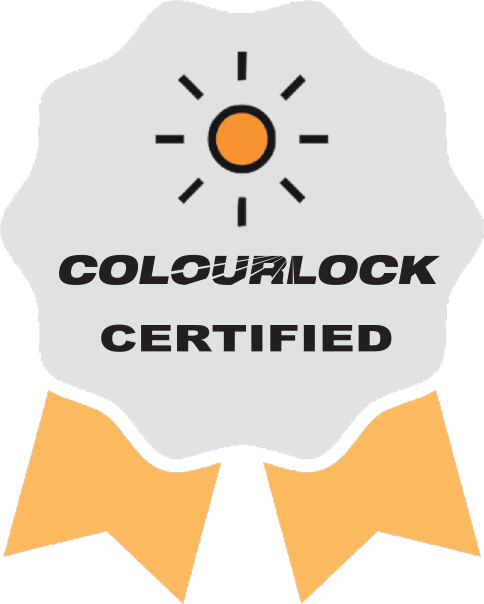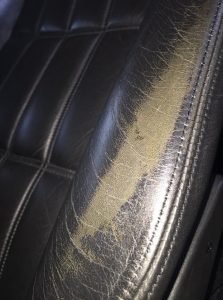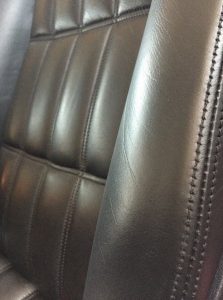Leather Repair, Restoration & Protection In Norfolk

Here at PRO Details we are able to undertake the repair and or restoration of Leather and Vinyl. We have undergone Training from one of the worlds top Leather repair specialists ColourLock who are a German based company.
Having the tools and products to repair holes, scuffs and rips in leather, we can save you £££ on having a seat re trimmed. One of the most common problems in leather is colour damage caused by scuffs, fading due to sunlight & general wear.
Dye transfer is also a common problem with leather interiors, especially light coloured leather. We can remove transferred dye and then apply a protector that will reduce if not eliminate it happening for a period of time depending on how much use the seats get.
Our Services
We are certified colourlock leather restoration, repair, and protection specialists based in Norfolk. We offer Leather restoration, repair, and protection on the following parts of your vehicle:
- Individual Seats
- Steering Wheel
- Full Interior
PRO Details and Covid-19
Due to the on-going situation, many of our services have been put on hold. Luckily for your prized leather, we can still offer leather repair and restoration. This is due to the vehicle having to stay with us for over 24 hours.
If you are after a quote, you can book yourself in here:
Our Leather Repair and Restoration Packages
Leather Repair, Restoration & Protection
Individual Seats-
1x Seat with no filling required - £125
-
1x Seat with filling required - £150
-
1x Seat with heavy filling required - £175
Leather Repair, Restoration & Protection
Steering wheel-
Steering wheel no filling required - £125
-
Steering wheel with filling required - £150
Leather Repair, Restoration & Protection
Full Interior-
All Seats with no filling required - £500
-
All Seats with filling required - £600
-
All Seats with heavy filling required - £700
Before and Afters
Leather Restoration and Repair Information
Leather has been a feature of car seats and car upholstery for over 100 years.
Globalisation and mass production has resulted in a lower cost of leather. Today, customers expect to have leather interiors when paying a premium for a higher spec vehicle. While there has been a lot of negative press about leather, it is also important to note that it is a by-product of the meat and dairy industry. If well looked after leather will last a long time and in most cases can be restored to look almost like new contributing to less wastage in comparison to other materials that don’t last as long.
Aniline, Semi-Aniline and Pigmented are the most common types of leather but Pigmented leather and Vinyl (Artificial leather) are the ones used most commonly for car interiors. Rigorous testing processes along with standardised manufacturing has made automotive leather very uniform in appearance – almost always single-coloured, smooth leather. These standard leathers are used in conjunction with other materials like Alcantara.
Automotive leather is one of the easiest forms of leather to clean and maintain, yet it can very easily be damaged if incorrect products and methods are used. Using a pH-balanced leather cleaner is crucial in ensuring a long life. Aggressive cleaning products can remove the clear coat and thereby damage the colour layer. Dirt stuck in the pores of leather make the seats look shiny. Without the right type of protection, leather can get scuffed especially on high contact areas like the driver seat bolster. Just applying a conditioner or a balm does not stop it.
New leather needs specific products that prevent scuff damage and dye transfer. In the first 3 years, applying a conditioner does not provide any benefit to the surface. They have a heavy layer of colour on them and any care product applied will not penetrate the surface.
It does however need protection from surface colour damage, caused by friction. Entry and exit points of driver seats are the most common areas for this type of damage.
Getting in and out of the car causes the clear coat and subsequently the colour layer on leather to wear off. Dye transfer from jeans and clothing is also a common issue.




